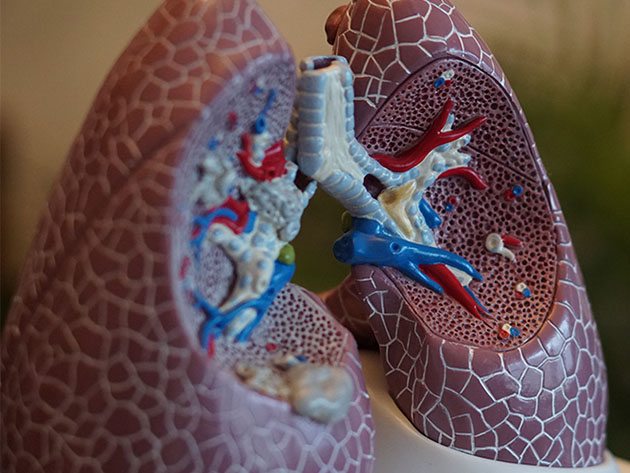Medical Terminology for Beginners
8 Courses & 1.36 Hours
Deal Price$29.99
Suggested Price
$320.00
You save 90%
What's Included
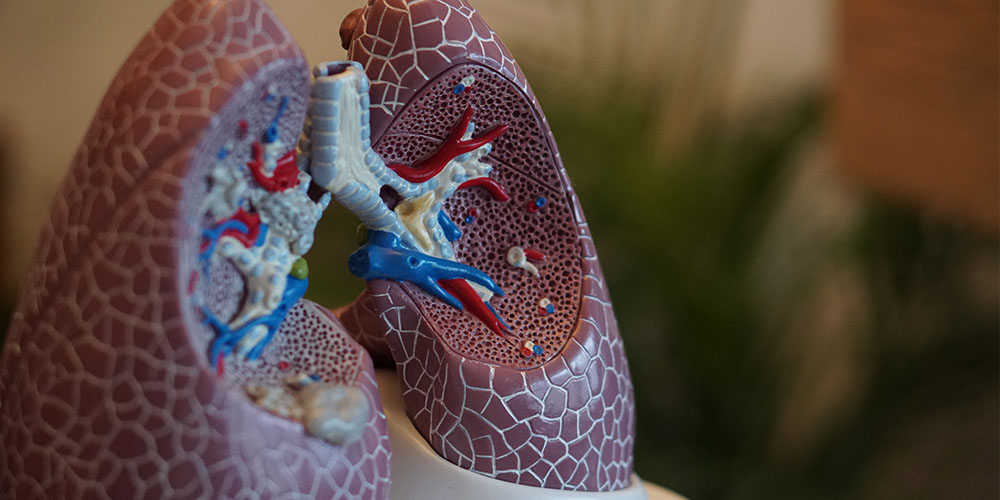
$40.00 Value
Medical Terminology of the Respiratory System
CTE Skills
1 Lesson (0.17h)
Lifetime
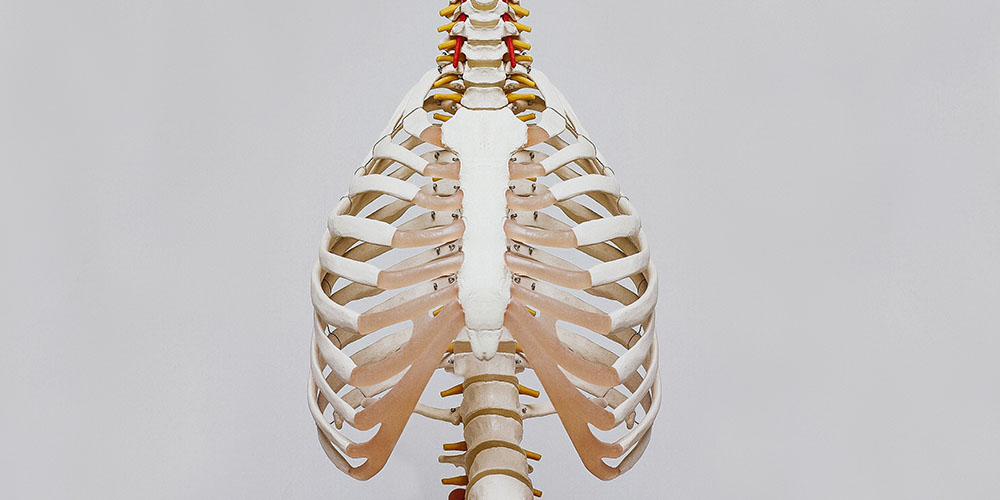
$40.00 Value
Medical Terminology of the Skeletal System
CTE Skills
1 Lesson (0.17h)
Lifetime

$40.00 Value
Medical Terminology of the Special Senses
CTE Skills
1 Lesson (0.17h)
Lifetime
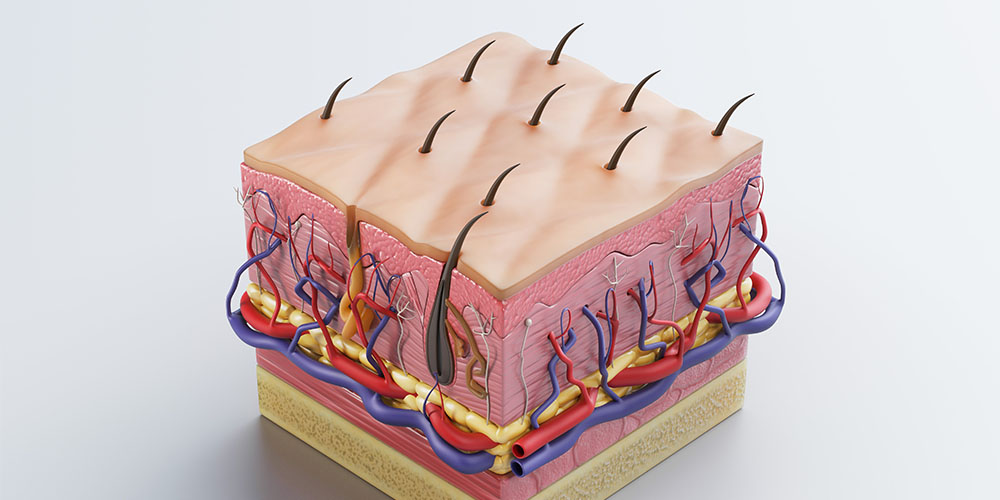
$40.00 Value
Medical Terminology of the Integumentary System
CTE Skills
1 Lesson (0.17h)
Lifetime
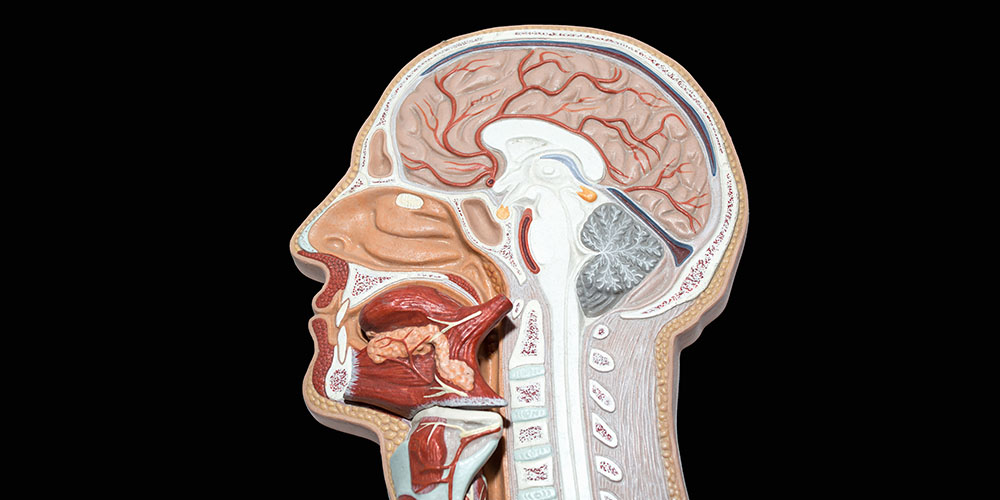
$40.00 Value
Medical Terminology of the Lymphatic System
CTE Skills
1 Lesson (0.17h)
Lifetime
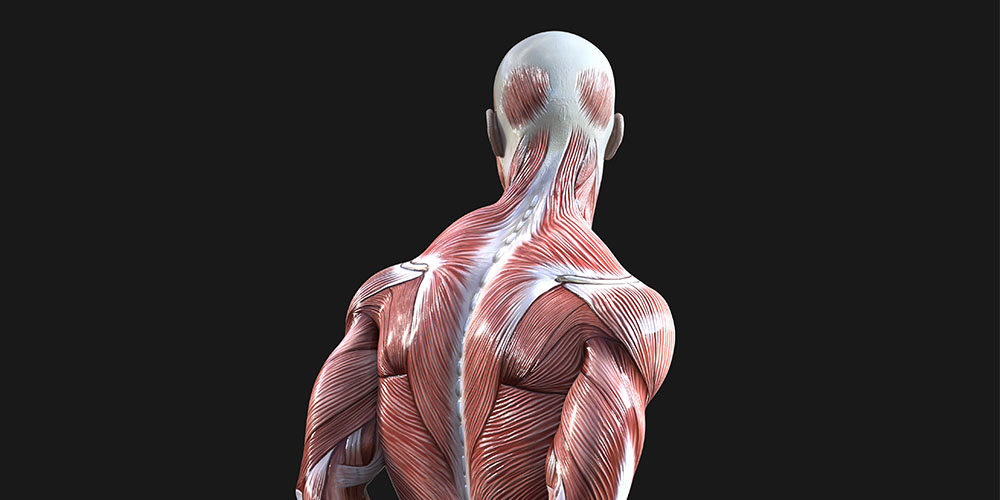
$40.00 Value
Medical Terminology of the Muscular System
CTE Skills
1 Lesson (0.17h)
Lifetime
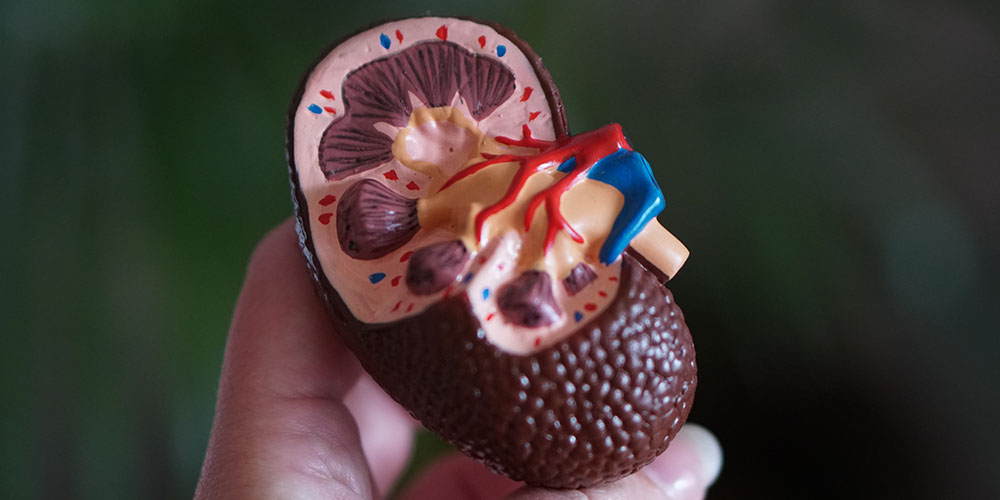
$40.00 Value
Medical Terminology of the Urinary System
CTE Skills
1 Lesson (0.17h)
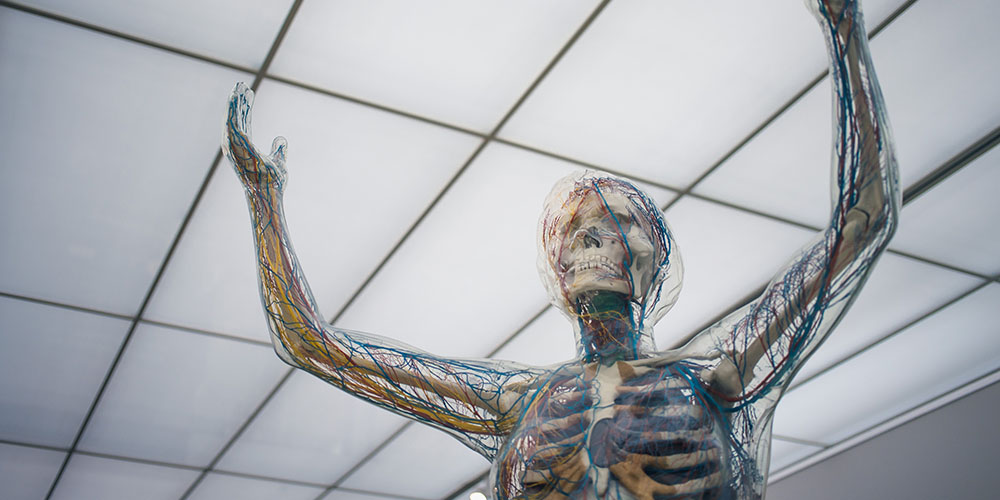
$40.00 Value
Medical Terminology of the Nervous System
CTE Skills
1 Lesson (0.17h)
Lifetime
Terms
- Unredeemed licenses can be returned for store credit within 30 days of purchase. Once your license is redeemed, all sales are final.
Your Cart
Your cart is empty. Continue Shopping!
Processing order...


